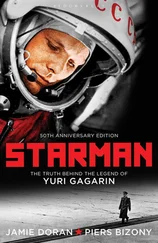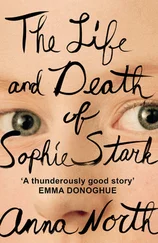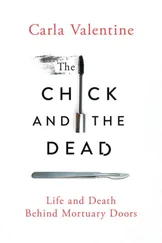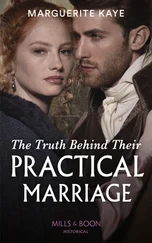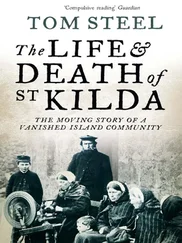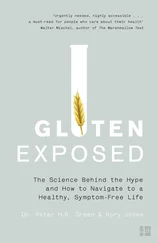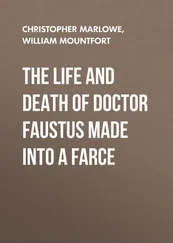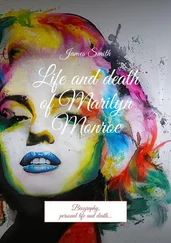D was the leading light among the settler community. When not working his farms, he headed deputations to Government House, even taking a delegation to London in early 1923 to fight the settlers’ cause with a Government now much less in favour of colonialist expansion. He also found time to sit beside his own hearth with several Maasai who had walked for miles to chat with him at Soysambu * wearing only a shuka and beads. Gilbert Colvile and Boy Long, D’s former manager – the other two in the colony’s great trio of cattle barons – would also often consort with the Maasai, who were greatly respected for their knowledge of cattle-breeding.
Gilbert Colvile was a highly eccentric character, almost a recluse. His mother Lady Colvile ran the Gilgil Hotel with her maid. 14 The hotel was something of a focal point for European settlers, who would regularly call upon Lady Colvile. Her son would later get to know Joss when Joss moved to Naivasha. Colvile became one of the most successful cattle barons in Kenya, doing a great deal to improve Boran cattle by selective breeding. He had been at Eton with Delves Broughton and Lord Francis Scott. The latter, like Broughton, whose commanding officer he had been during the Great War, had drawn land from the 1919 Soldier Settlement Scheme. Scott was chosen to replace Delamere as Leader of the Elected Members of Legislative Council and as their representative to London after D’s death in 1931. 15
Once Joss and Idina had settled in, the rhythm of life at Slains was orderly and as balmy as the daytime temperature. Their prelude to each day was a glorious early-morning ride. Their horses would be groomed and saddled, waiting for them to mount. Before the dew was burnt off the grass by the sun, they would ride out for miles over the soft, turf-like vegetation that rose up as if to meet the sky. The muffled thud of hooves would send warthog scurrying and the needle-horned dik-dik bounding away in pairs. Ant-bear holes were a hazard for their sure-footed Somali ponies, as the scent of bruised wild herbs rose from warm, unbroken soil under their unshod hooves in their jog home afterwards. Joss would change into a kilt and then breakfast on porridge and cream.
Labour was cheap after the war, but not readily forthcoming. District Commissioners had applied to the local chiefs to exert ‘every possible persuasion to young men to work on the farms’. 16 Every servant needed training from scratch – most candidates had never set foot in a European household before. Appointing a major-domo was a complete lottery. The Hays had two Europeans on their staff, one of whom was Marie, a French maid who would become integral to Idina’s households. At times of crisis, Marie could be heard throughout the house ‘wringing her fat little hands, her voice rising higher and higher, “ Cette affreuse Afrique! Cette affreuse Afrique !”, her high heels tapping out her progress on the parquet floors as she sought out Lady Hay with the latest disaster’. 17 Then there was Mr Pidcock, their farm manager, who also ran the Slains dairy.
Butter-making was done early in the morning or late in the evening; the butter was washed in the clear river water, which gave it its wonderful texture. Every other day it would make its way to Gilgil by ox-cart, wrapped in a sheet torn from the Tatler. 18 The Slains cuisine would never want for supplies of farm produce and, thanks to a good kitchen garden, the table there was superb. Idina’s menus were sophisticated, and Marie taught the African cook how to make soufflés and coq au vin on a blackened Dover stove fuelled by kuni. * The ring of the axe was a familiar sound since wood heated the water for baths.
Waweru, Joss’s Kikuyu servant, came to work for him in 1925 as a ‘personal boy’ and may well have started life as a kitchen toto, when Joss spotted his potential. He was only a little younger than Joss – the Africans kept no precise record of the year they were born – and had never been to school. He would work for Bwana Hay until Joss’s death, and was utterly dependable. By the time he was called as a witness during the murder trial in 1941 as ‘Lord Erroll’s native valet’ this Kikuyu man had been privy to many intimacies in Joss’s life. Eventually promoted to major-domo at Joss’s next home, Waweru ran the household very capably, performing his duties with all the expertise and dignity of a seasoned English butler, making callers welcome in Joss’s absence, arranging flowers and overseeing junior staff. 19 Waweru’s opinion of Joss as a ‘good man’ made an impression in court during the trial, and certainly debunks the rumour spread after Joss’s death that he mistreated his staff. 20 At Slains, the African servants were given presents on Boxing Day, amid much celebration. As Joss once explained, one had to ‘budget on the basis of two to three wives, and half a dozen children per wife per family’. Nevertheless, everyone received presents. 21
Another inaccurate assessment of Joss was the assumption that, because he was rich and titled, he was nothing but a ‘veranda farmer’. He certainly enjoyed life and drove around the area dangerously fast in Idina’s Hispano-Suiza with its silver stork flying over the crest of its great bonnet. His hair-raising driving earned him his Swahili name, Bwana Vumbi Mingi Sana, meaning ‘a lot of dust’. For all his high-spirited behaviour, though, Joss was serious about farming. The Hays were the first settlers to breed high-grade Guernsey cattle in Kenya, for example. And thanks to advisers such as Boy Long and Delamere, they were able to avoid the most common blunders made by newcomers, such as putting very large bulls to native heifers, which would result in calving difficulties. The pioneers had learned the hard way. Once the conformation problem was recognised, half-bred bulls were used instead and heifers fared better. 22
Joss knew a lot about horses from all his polo experience, and entrusted only Captain George Marcus Lawrence, a soldier settler who had ridden for the British Olympic team, with the schooling of his polo ponies and the training of his modest string of racehorses. Marc Lawrence would oversee the estate and the staff during Joss’s absences in Europe. 23
Livestock auctions were held in the Rift Valley at Gilgil, Naivasha and Nakuru, through which the only road to Nairobi passed. Each boasted a post office, a DC’s office flying the Union Jack and a police post with the usual sprinkling of Indian dukas ; * the only petrol to be found between Nakuru and Nairobi was at the garage Fernside and Reliance Motors Ltd in Naivasha. 24 At the auctions Boy and Joss always stood out amongst the crowd, chatting together. Boy Long, like Joss, was good-looking and popular with women. According to Elspeth Huxley, Boy dressed ‘like an English country squire with a dash of the cowboy, accentuated by a broad-brimmed Stetson hat and a bright Somali shawl’. Joss too was establishing something of a reputation for his eccentric dress, but behind the libertine appearance of these two men were fine brains attuned to the business in hand.
On sales days just before 9 a.m., sumptuous cars would park behind the auction stand. A fine red dust with a peculiarly harsh smell would be lifted by the wind, spiralling into the sky. As the dust settled behind Joss’s Hispano-Suiza when he stepped out, it would rise again around the hooves of the Abyssinian ponies as they were trotted out for inspection, ‘thin, footsore and weary’, having been driven down by Somali herders. Joss’s polo ponies as well as his hacks were taken from Abyssinian stock, because they were exceptionally sure-footed and coped well in the rough terrain.
Wives ‘looking radiant and glamorous, smoking Egyptian cigarettes’, would gaze down at pens full of pawing, butting cattle as the bidding went on. 25 Idina never seemed to suffer in the dust and heat – one of her least tolerable offences in the eyes of her detractors. Joss and she both seemed to tolerate African conditions effortlessly.
Читать дальше

